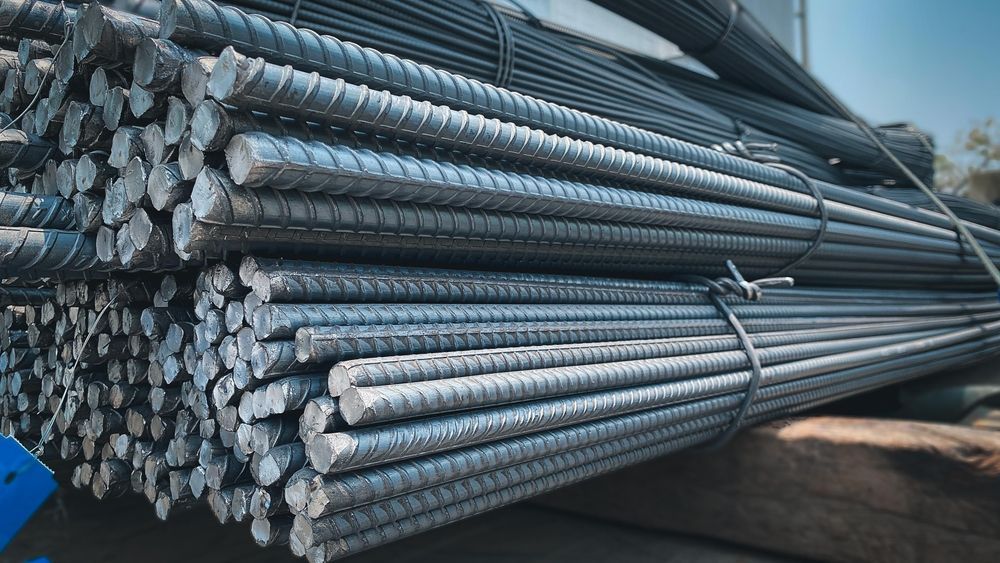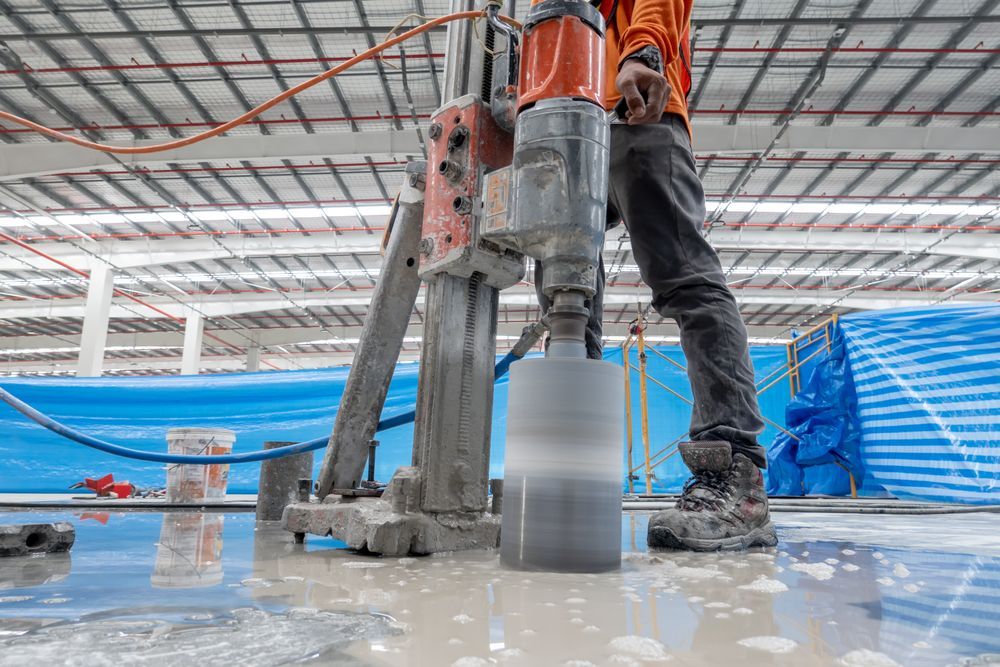Written by: Cobra Concrete Southeast
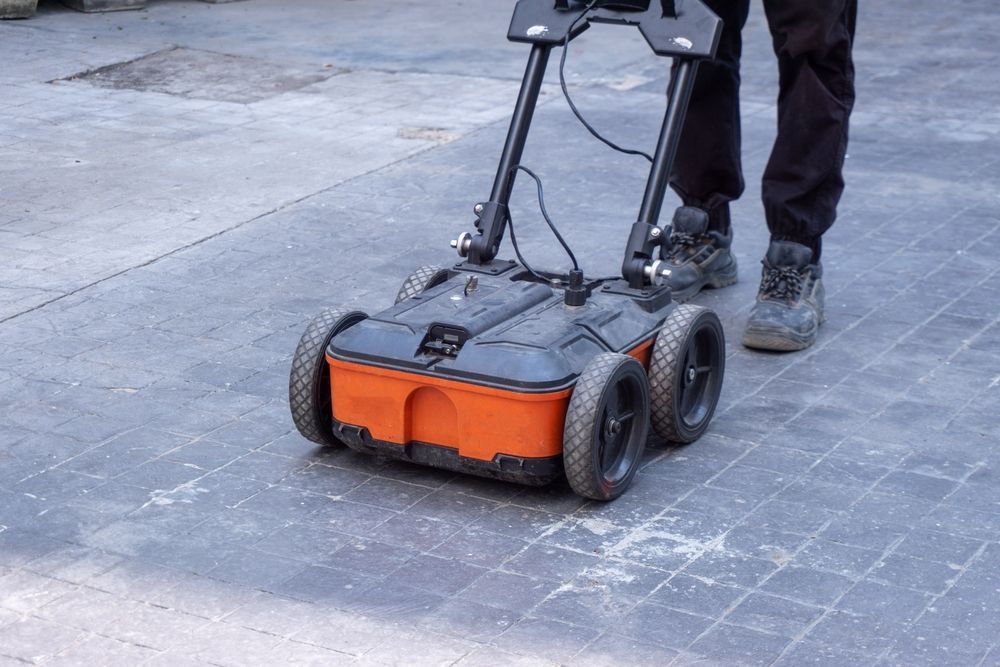
What is Concrete Scanning?
Before cutting, drilling, or coring into concrete, it’s important to know what’s hidden beneath the surface. Hitting rebar, post-tension cables, or electrical conduits can result in expensive repairs, serious safety risks, and project delays. Concrete scanning is a non-destructive method that helps detect embedded objects and voids, allowing construction crews to work safely and efficiently.
Using advanced technology like Ground Penetrating Radar (GPR) and electromagnetic detection, technicians can create a detailed map of what lies beneath the concrete without causing any damage. This information allows contractors and engineers to make informed decisions, ensuring structural integrity and reducing the risk of costly mistakes. Whether for renovations, new construction, or infrastructure projects, concrete scanning eliminates guesswork and minimizes downtime, keeping projects on schedule while maintaining safety and efficiency.
How Does Concrete Scanning Work?
Concrete scanning relies on cutting-edge technology to locate hidden objects before any modifications take place. The most common method is Ground Penetrating Radar (GPR), which sends high-frequency radio waves into the concrete. These waves bounce back when they encounter embedded materials such as rebar, conduits, or voids, creating a real-time image of what’s below the surface.
In addition to GPR, electromagnetic detection is used to identify metallic objects. This method helps locate live electrical lines, reinforcing steel, and other conductive materials that could pose hazards during construction. The combination of these technologies provides accurate, real-time data that allows construction crews to mark safe zones for cutting or drilling.
The scanning process is fast, efficient, and performed directly on-site. Once the data is analyzed, professionals can determine the best approach to the job, preventing unexpected disruptions. By improving accuracy in planning and execution, concrete scanning enhances safety, reduces costly errors, and ensures a smoother construction process.
What Types of Concrete Structures Can Be Scanned?
Concrete scanning is useful for a wide range of structures, from small-scale projects to large infrastructure developments. It is commonly used on concrete slabs, walls, columns, beams, and ceilings to locate embedded elements before cutting or drilling.
In commercial and industrial settings, scanning helps assess reinforced concrete floors, parking garages, bridges, and tunnels. It is also essential for scanning structural foundations and post-tensioned slabs in high-rise buildings, ensuring modifications do not compromise integrity.
Infrastructure projects benefit from scanning roads, bridges, and airport runways to detect hidden reinforcements or voids. In older buildings, it helps assess deterioration or hidden hazards before renovations. Whether for construction, repair, or demolition, scanning ensures safe, accurate work across various concrete applications, preventing costly damage and maintaining structural stability.
Why is Concrete Scanning Important?
Concrete scanning plays a key role in construction and renovation projects by identifying hidden elements before any cutting, drilling, or coring begins. It enhances safety, prevents structural damage, and keeps projects running efficiently. Without proper scanning, workers risk striking rebar, electrical conduits, or post-tension cables, leading to costly repairs and potential hazards. Scanning technology provides a clear picture of what lies beneath the surface, allowing teams to plan accordingly and avoid unnecessary delays.
Prevents Costly Mistakes
Unexpected obstructions in concrete can cause major setbacks. Damaging structural reinforcements or utility lines can require expensive repairs and project downtime. Scanning helps construction crews avoid these issues by detecting hidden objects early, reducing unnecessary expenses, and keeping the job on budget.
Ensures the Job is Done Right the First Time
Mistakes in concrete modification can lead to rework, delays, and safety concerns. Scanning before work begins ensures accurate cuts and placements, preventing errors that could compromise the structure. Proper planning leads to a smoother, faster project with fewer disruptions.
What Equipment is Needed for Concrete Scanning?
Concrete scanning relies on specialized equipment to detect hidden objects and ensure safe modifications. The most commonly used tool is Ground Penetrating Radar (GPR), which emits high-frequency radio waves to create an image of embedded materials like rebar, conduits, and voids. GPR is highly effective for non-invasive scanning and provides real-time results.
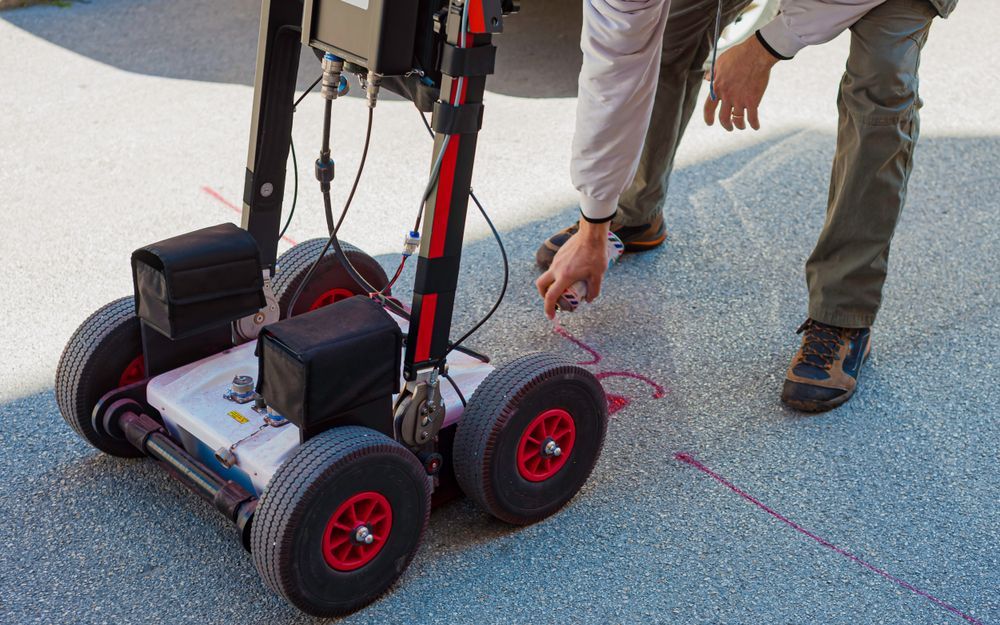
Another essential tool is electromagnetic detection, used to locate metallic objects, including live electrical lines and reinforcement steel. This technology complements GPR by improving accuracy in identifying conductive materials.
For deeper analysis, some projects require X-ray scanning, which produces detailed images of concrete interiors but is typically used in highly controlled environments due to safety regulations.
Additional tools such as marking devices and digital mapping software help record scan data, allowing contractors to visualize hidden structures and plan accordingly. Using the right equipment ensures precision, reduces risks, and improves overall project efficiency.
Costs of Concrete Scanning
The cost of concrete scanning depends on several factors, including project size, scanning depth, equipment used, and site conditions. Smaller projects, such as scanning a single slab or wall, typically have a lower cost, while larger areas or complex structures requiring detailed analysis will increase expenses.
Ground Penetrating Radar (GPR) is the most commonly used method and is generally cost-effective. However, if additional electromagnetic detection or X-ray imaging is required, costs may rise due to the complexity of the equipment and expertise needed. Emergency or after-hours scanning can also lead to higher pricing.
While scanning adds an upfront expense, it prevents costly mistakes such as cutting into post-tension cables or electrical conduits, saving thousands in repairs and project delays. Investing in scanning services ensures safety, efficiency, and long-term savings, making it a smart decision for any construction or renovation project.
Avoid Costly Mistakes on Your Next Job!
Concrete scanning is a smart investment that protects your project, budget, and crew. By identifying hidden obstacles before any cutting or drilling begins, you reduce risks, prevent expensive errors, and keep work on schedule. Skipping this step can lead to structural damage, safety hazards, and unnecessary delays—problems that could have been avoided with proper scanning.
At Cobra Southeast, we use the latest technology to provide accurate, real-time data, helping you make informed decisions and complete projects with confidence. Whether you're working on new construction, renovations, or infrastructure improvements, our expert team is ready to assist.
Don’t take chances with what lies beneath, protect your job site, save time, and avoid unexpected costs.
Contact Cobra Southeast today for professional concrete scanning services that keep your project safe, efficient, and on budget.
Southeast
119 Gateway Dr. #110
Canton, GA 30115
(770) 599-2098
Website imagined and executed by RivalMind.
